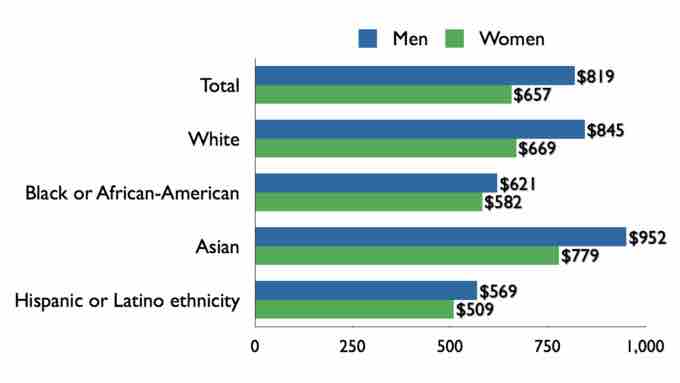Socioeconomic mobility in the United States refers to the movement of Americans from one social class or economic level to another, often by changing jobs or marrying. This "vertical" mobility can be the change in socioeconomic status between parents and children ("inter-generational"), or over the course of a lifetime ("intra-generational"). It typically refers to "relative mobility"—the chance that an American's income or status will rise or fall compared to others in another income or status group; however, mobility can also be "absolute"— whether (and by how much) living standards in America have increased. The belief that there is significant social mobility in America, or in other words, that Americans can and do rise from humble origins to riches, is called the American Dream.
Researchers have found that in fact, there is relatively low social mobility in the United States. Explanations for this phenomenon include the following:
- The fact that affluent children have better access to superior schools in an economy where pay is higher for educated workers
- The low rate of unionization, which leads to lower wages among the least skilled workers
- Public health problems, like obesity and diabetes, which can limit education and employment
- The sheer size of the income gap between the rich and poor, which makes it harder to climb the proverbial income ladder because the rungs are far apart
- Poverty, since those with low income have significantly lower rates of mobility than middle and higher income individuals
Despite the increased presence of African Americans and women in the work force over the years, women and non-whites hold jobs with less rank, authority, opportunity for advancement, and pay than men and whites. The limit to women's and minorities' upward mobility is called the glass ceiling. The glass ceiling is thought to prevent women and minorities from occupying more than a very small percentage of top managerial positions. One reason for the persistence of the glass ceiling, even as explicitly discriminatory policies are eliminated, is the small proportion of high status individuals in the social networks of women and ethnic minorities. The more managers there are in an employee's immediate work environment, the higher the employee's chances of interacting and spending time with high status and high income employees. Consequently, the more likely these employees are to be drawn on for promotion.
For women, another explanation for the glass ceiling effect in the American work force is the job-family trade off. While both men and women feel that a conflict exists between work life and family life, women with children, particularly married women, are more likely to either temporarily leave the labor force or cut back on employment by using flex time, working part-time, or working only part of the year. Statistically, men have been willing to accept job conditions that women do not, such as working outside in extreme weather, working where you can become physically dirty on a regular basis, working extra hours, and other such undesirable conditions.

US Gender Pay Gap, by Race/Ethnicity
In the United States, white males have greater social mobility than women and racial/ethnic minorities, whose mobility is limited by the glass ceiling.